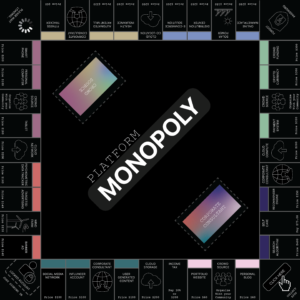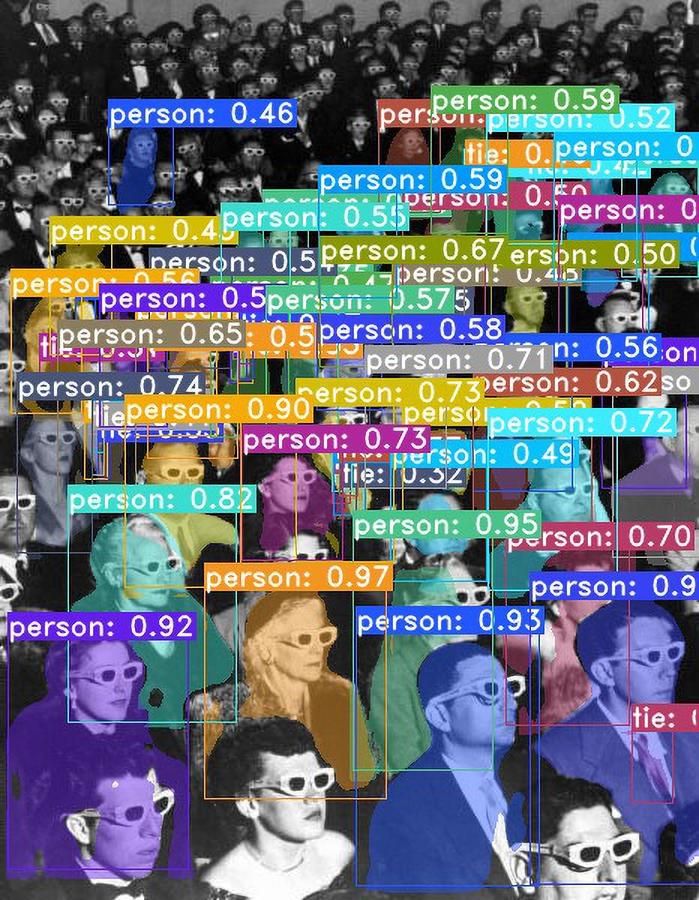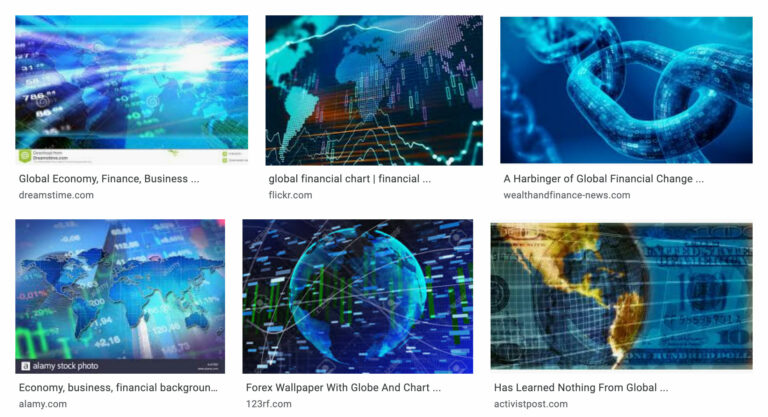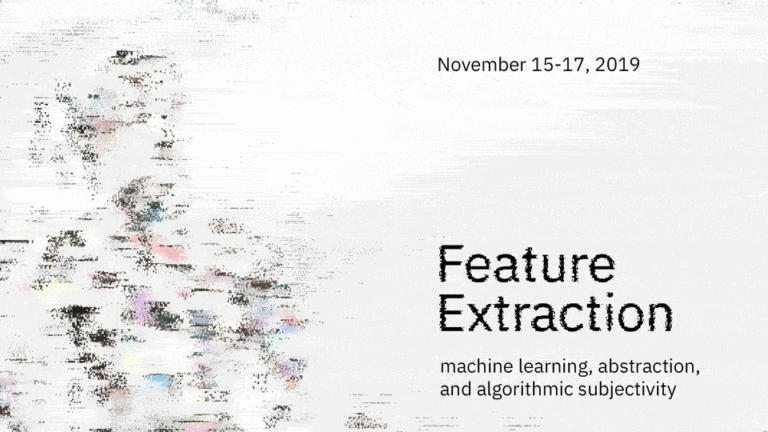Platform Monopoly

Even when it looks similar to past iterations of monopoly, the rules of platform monopoly are slightly different. Instead of rental property, the object is to collect intellectual property . Instead of houses and hotels, there will be servers and data centers. A less random mechanic will let users feel like this gamified experience requires more strategy and skill. It is possible to win by buying up every startup and all the infrastructure but it is also possible to win by teaming together with other players to stop one person from owning the board.
Aesthetics and Politics of Algorithms
In this two month online series for the independent LA arts organization Navel, I collaborated with the digital media artist Blaine O’Neill to host online discussions with artists and researchers who use or analyze AI in their work.Read More
NASDAQ IN THE NEWS [1969-1989]
For Introduction to Digital Humanities I used a combination of natural language processing, network analysis and mapping to tag historic news articles regarding the NASDAQ stock exchange and to map networks of associations in concordances of text. Read More
Feature Extraction
Feature Extraction was a two day intensive symposium that introduced the public to the ethical and political dimensions of machine learning through hands on workshops.Read More
Developing a NLP-driven research method
I am at the early stages of developing a new research strategy for analyzing historical materials. Given the enormous volume of digitized but otherwise unstructured textual data stored in online databases such as Factiva it is easy to feel overwhelmed when beginning to research a new topic. I envision a method for digesting these texts. Using named entity recognition I want to parse the text into a structured dataset of entities and their concordances. Likely, the system would have two passes. First, using named entity recognition, the system would extract relevant entities from the text and store them in a list. Second, the system would use the list to produce a dataset with each name and its concordance in the text. At the outset, it seems like the minimal aspects of the data that should be extracted for the purpose of historical research are: persons, organizations, locations, times, sources. Ideally, this data could be used to visualize networks of association or geographical transformations over time. Clearly the difficulty of the project is how to formalize relevant notions of ‘association’ and how to handle homonyms or heteronyms. Because of the nature of news articles, it is unclear what the relevance of co-occurrence in one document is. For example, being interviewed by a journalist for the same story means that two interviewees have some sort of relation to one another. Nevertheless, it is impossible to infer from this fact alone what the content of that relation is. A clearer notion of association may be accessible through the collection of multiple instances of occurrence. If two entities are often mentioned in news articles, perhaps there is an important relationship between them. I doubt that an algorithmic procedure can elucidate what the relationship is without human interpretation. However, I do believe that an algorithm can help direct a researcher’s attention to important relationships. Of course, the utility of such a procedure is threatened by the fact that many different entities share the same name, and sometimes one entity can change its name over time. These simple facts of history tend to escape the purview of computational approaches to the text. The goal though is not to use methods of digital humanities to derive research conclusions, but rather as a tool to gain entry into a new and nebulous topic


